Tradition
From tequila to wine, several generations of
Mexican producers
✦ Traditional Mexican spirits
are the beating heart of the country's culture and tradition.
From the highlands of Jalisco to the valleys of Oaxaca, each region contributes its unique flavor and character, contributing to a mosaic of cultural expressions that resonate in every sip.
✦ Producing Regions
Mexico is a country of great geographic and climatic diversity, characteristics that favor the production of different traditional liqueurs in several of its regions. Each drink has its own terroir, where climate, soil and local traditions combine to create unique flavors.
From Tequila in Jalisco to Mezcal in Oaxaca, Sotol in Chihuahua, Bacanora in Sonora, and Charanda in Michoacán, Mexico is home to an unparalleled liquid heritage.
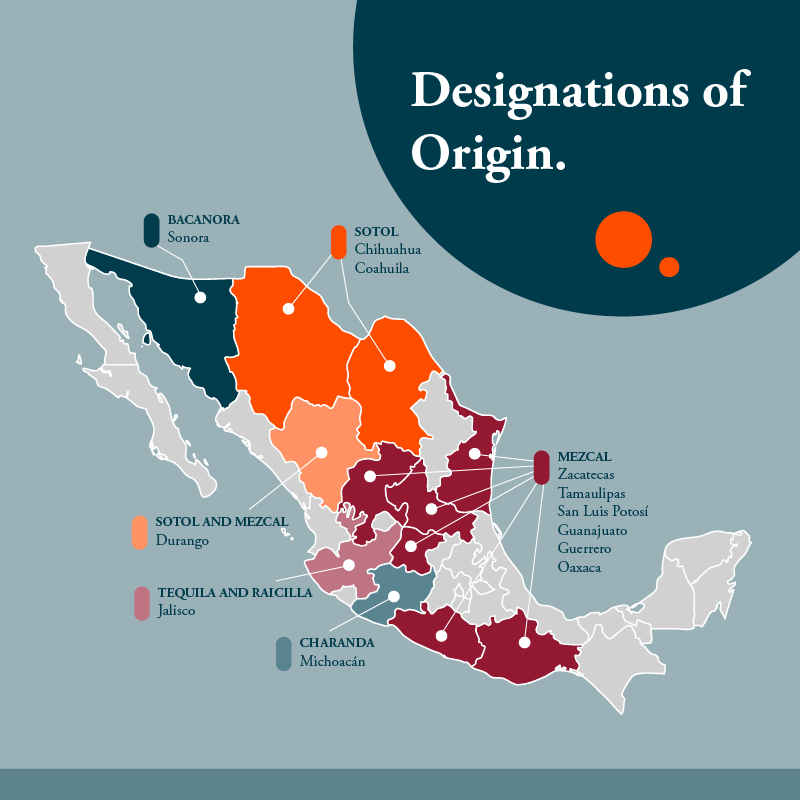
An industry that contributes to Mexico's well-being
The Designation of Origin (DO) is a certification that protects the name of a product whose quality or characteristics are due exclusively or essentially to its geographical environment, including natural and human factors.
In Mexico, several national products enjoy this protection, including Tequila, Mezcal, Bacanora, Raicilla, Charanda, and Sotol. These designations not only safeguard techniques and traditions, but also promote the sustainable development of the producing communities.
Tequila
Blue soul of Mexico
From the Tequilana weber agave, blue variety, this famous distillate of unmistakable flavor stands as a symbol of identity and pride. It is distinguished not only by its pure or mixed character, but also by a complexity that invites you to explore every nuance of its flavor.
alma azul de México
Its process
from the meticulous harvest, through the cooking that transforms, to the fermentation and distillation that exude the essence of the agave. And for those who know how to wait, aging adds textures of flavor and wisdom.
Classified as blanco, joven, reposado, añejo, and extra añejo, tequila offers a spectrum of experiences, each telling its own story.
Jalisco, Guanajuato, Michoacan, Tamaulipas, and Nayarit, share the honor of producing this prized beverage, each region contributing its unique touch.

Did you know that:
Since 1974, tequila has enjoyed the protection and recognition provided by the Designation of Origin, ensuring that its legacy endures through the ages across the globe.
Mezcal
campfire echoes
Mezcal is a prized distillate obtained from different species of agave and represents a testament to the diversity and richness of Mexico.
ecos de fogata
El mezcal es un apreciado destilado que se obtiene de diferentes especies de agave y que representa un testimonio de la diversidad y la riqueza de México.
Its process
which shares steps with tequila, is distinguished by a cooking process that gives it a smoky flavor, as if each drop told a story by a campfire, under a starry sky.
Mezcal emerged in the lands of Oaxaca, spreading to Durango, Guanajuato, Guerrero, San Luis Potosí, Tamaulipas and Zacatecas.
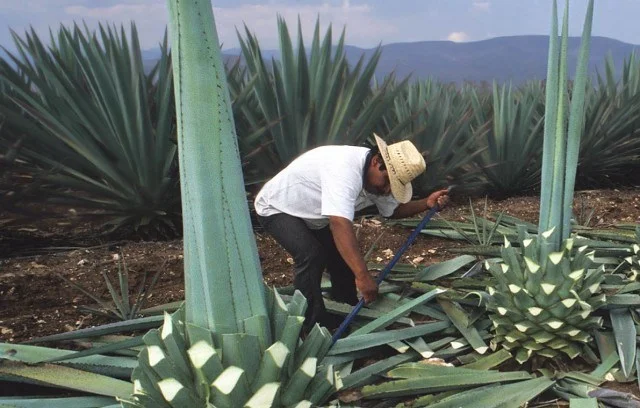
Did you know that:
Mezcal’s Designation of Origin dates back to 1994, a recognition that has been extended over the years and celebrates the uniqueness of this drink, along with its undisputed place in Mexican culture.
Bacanora
The essence of Sonora
Bacanora is distilled from Agave pacifica, a species unique to Sonora, Mexico, known for its smooth, smoky flavor.
la esencia de Sonora
El Bacanora es un destilado de Agave Pacífica, único de Sonora, México, conocido por su sabor suave y ahumado.
Its process:
This distillate is the result of an artisanal cooking, fermentation and distillation process that has been passed down for more than 300 years.
Originally from the town of Bacanora, this distillate shares production techniques with tequila and mezcal, but is distinguished by its Sonoran identity.
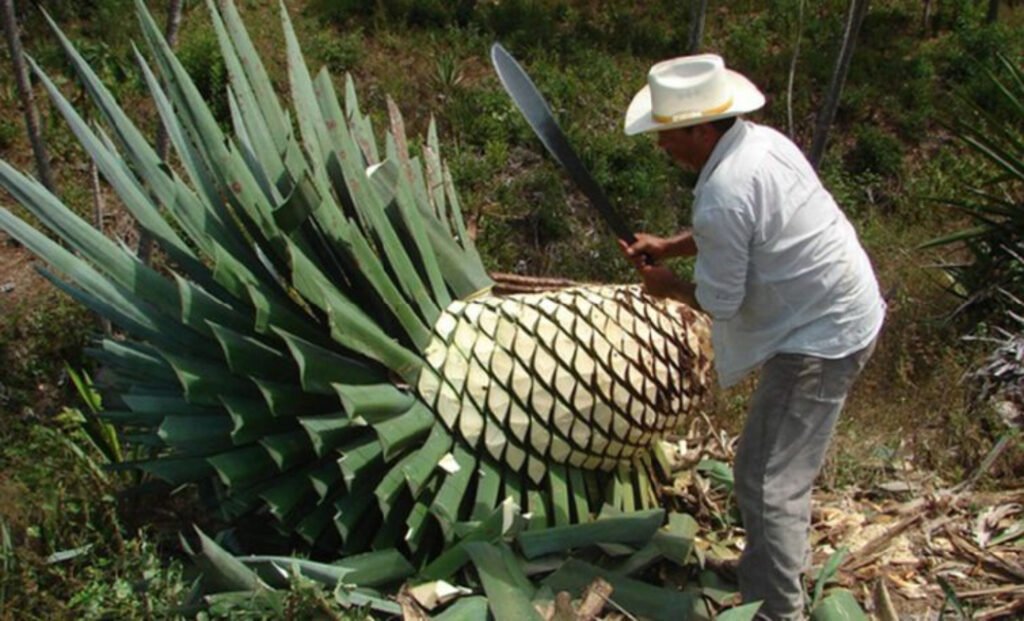
Did you know that:
Bacanora was officially recognized with the Designation of Origin in 2000, protecting its exclusive production in Sonora and highlighting its cultural and economic importance.
Charanda
Cane canticles from Michoacán
Charanda is an eau-de-vie from Uruapan, Michoacán, that symbolizes the heritage and native flavor of the land
cánticos de caña desde Michoacán
La Charanda es un aguardiente originario de Uruapan, Michoacán, que simboliza la herencia y el sabor autóctono de la tierra.
Su proceso
Sus métodos tradicionales de producción contemplan la destilación y fermentación del jugo de caña de azúcar o sus derivados, como el piloncillo y la melaza.
This liqueur, with a rich history dating back to the 16th century, owes its name to the La Charanda hill in Uruapan, whose reddish soil reflects the fertility of the region.
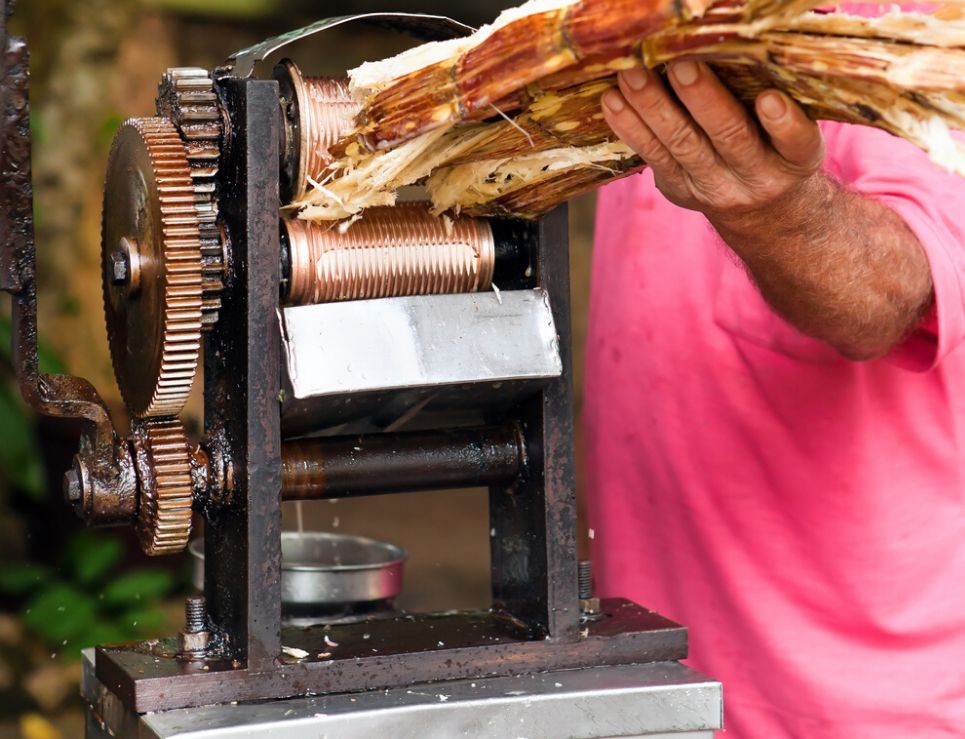
Did you know that:
Charanda was distinguished with the Designation of Origin in 2003, thus protecting its legacy and promoting its cultural identity nationally and internationally.
Raicilla
The expression of agave diversity
Originally from Jalisco, it is made mainly from two varieties of agave: lechuguilla and raicillero, specifically from the species inaequidens and maximiliana.
la expresión de la diversidad del agave
Originaria de Jalisco, se elabora principalmente a partir de dos variedades de agave: lechuguilla y raicillero, específicamente de las especies inaequidens y maximiliana.
Its process
It begins with the selection and preparation of ripe agave piñas, and is followed by cooking in sealed ovens at 130 degrees. After cooling, the piñas are cleaned, ground and the extracted juice is fermented for up to eight days. Finally, it is distilled, resulting in a beverage with an alcohol content between 36% and 45%.
The raicilla is appreciated for its brown color and its sweet and velvety flavor, traditionally served cold. It has variations that highlight the diversity within the same drink, such as raicilla de costa and raicilla de sierra.
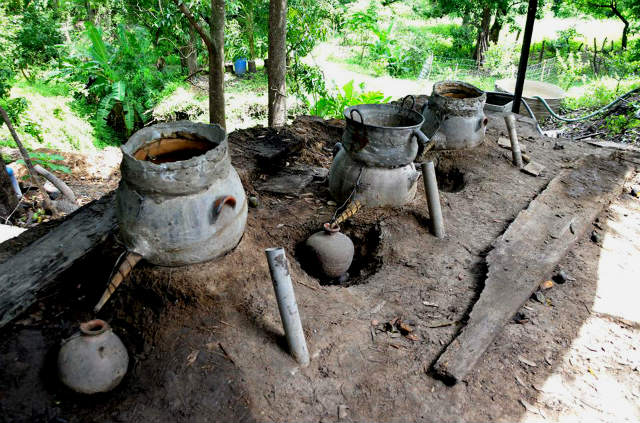
Did you know that:
The raicilla received its Designation of Origin in 2019, ratifying to be a living testimony of the tradition and innovation that define Mexican culture.
Sotol
Mexican desert delight
Sotol is characterized by its smoky flavor, similar to wood and earth, and is usually enjoyed on the rocks. It has been part of religious ceremonies and used as a medicinal remedy by the indigenous peoples of northern Mexico for 800 years.
deleite del desierto mexicano
El sotol se caracteriza por su sabor ahumado, similar a leña y tierra, y suele disfrutarse en las rocas. Ha sido parte de ceremonias religiosas y usado como remedio medicinal por los pueblos indígenas del norte de México durante 800 años.
Its process
It is obtained from the Dasylirion wheeleri plant, a type of maguey endemic to the region. Its production follows a traditional method that includes harvesting, cooking, fermentation and distillation of the plants, producing a liquid with an alcohol content of 38% to 45%
proudly comes from the north of Mexico, specifically from the states of Durango, Chihuahua and Coahuila
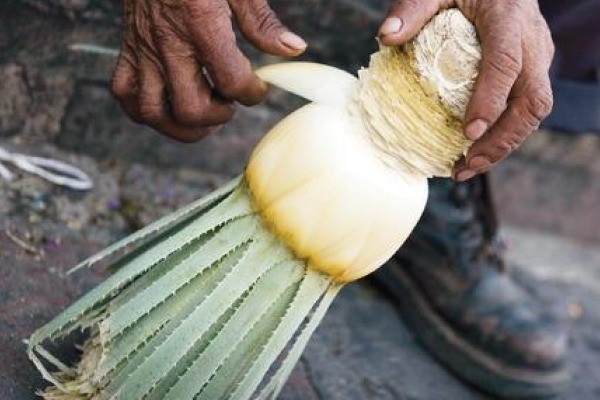
Did you know that:
Sotol obtained its Designation of Origin in 2002 and comes in varieties such as white, young, reposado and extra añejo.
✦ Mexican wine
A world growing by the day
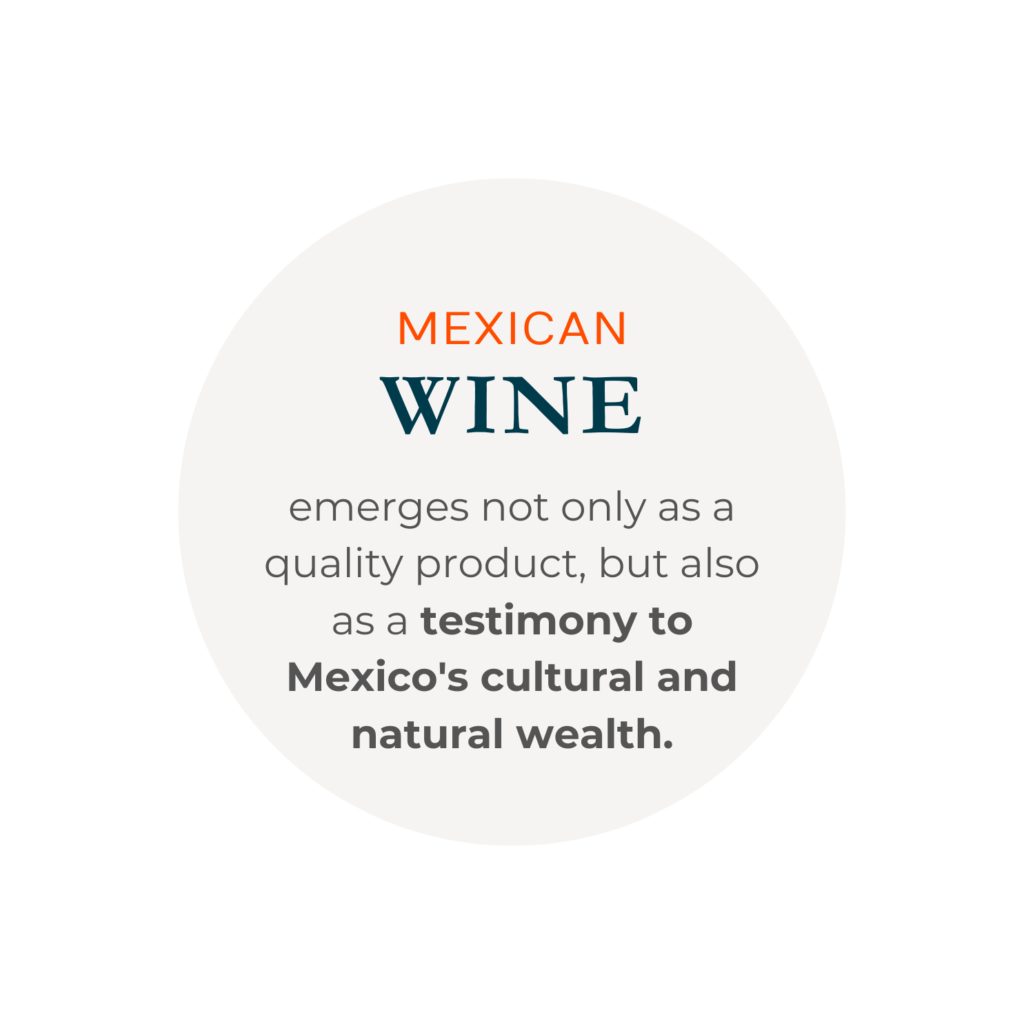
The Mexican wine map extends from the north, with the emblematic Guadalupe Valley region in Baja California, through the Parras Valley in Coahuila, to the high altitudes of Querétaro, Guanajuato and Aguascalientes in the center of the country.
Each of these regions, with its own microclimate and terroir, contributes to a winegrowing diversity that is reflected in the variety of grapes grown, ranging from the internationally known Sauvignon Blanc, Merlot and Cabernet Sauvignon, to less common varieties such as Aglianico and Mission grapes.
#DidYouKnow Mexico was the first country in the Americas to cultivate grapevines.

